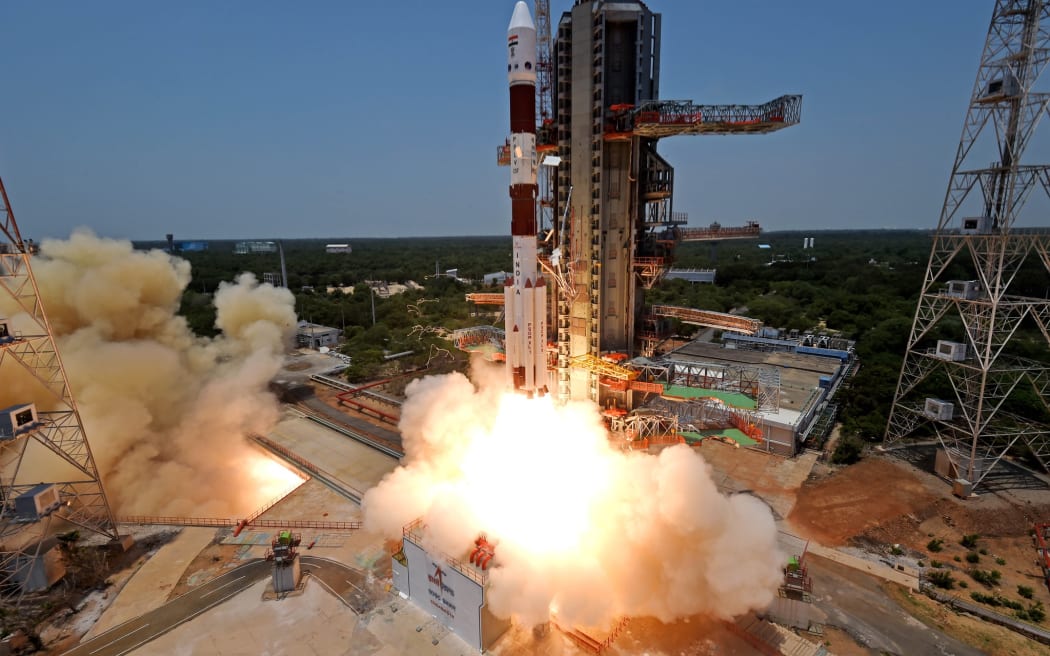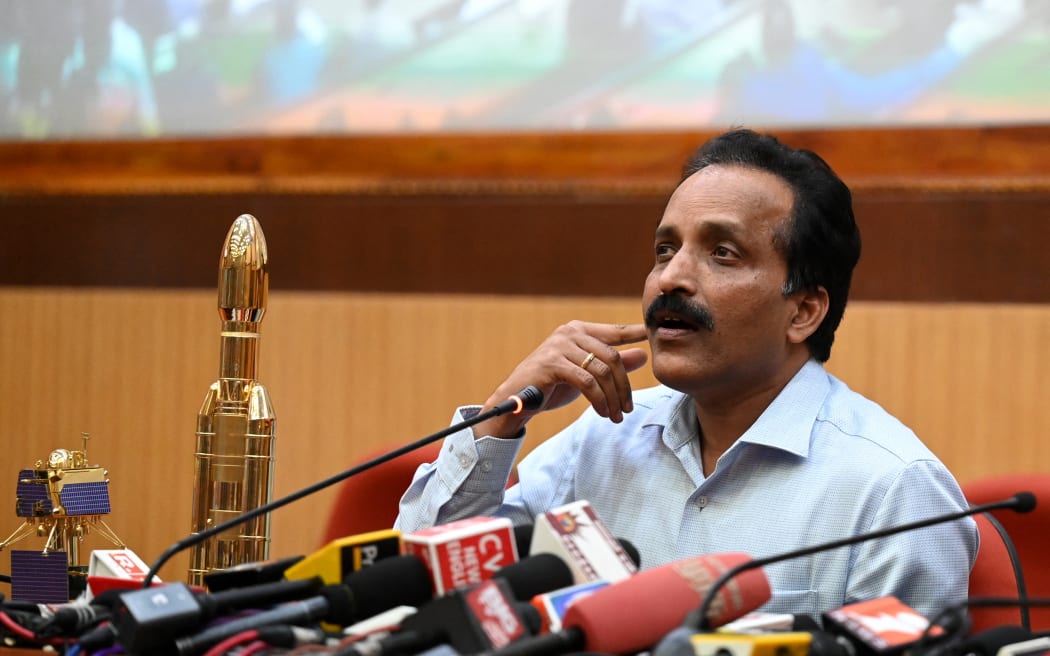
The Aditya-L1 spacecraft takes off from the Satish Dhawan Space Centre in Sriharikota on 2 September 2023. Photo: ISRO
India's maiden solar mission entered the sun's orbit on Saturday after a four-month journey, marking the latest success for the space exploration ambitions of the world's most populous nation.
"It's a huge achievement for India," says Jan Eldridge, an astrophysicist and head of the physics department at the University of Auckland.
Eldridge says India is progressing steadily in space exploration.
"For a country that had their first launch only two decades ago, India has achieved a lot, from landing on the moon (and) orbiting Mars to observing the sun," she says.
The Indian Space Research Organisation's Aditya-L1 was launched on 2 September 2023 from the Satish Dhawan Space Centre in southern India.
This launch occurred just days after India made history by becoming the first country to land near the moon's South Pole.
After a 127-day journey, the satellite successfully reached solar orbit on Saturday.
Earlier, Indian Prime Minister Narendra Modi commented on Aditya-L1's success on social media.
"India creates yet another landmark," Modi wrote on X (formerly Twitter). "It is a testament to the relentless dedication of our scientists in realising among the most complex and intricate space missions. … We will continue to pursue new frontiers of science for the benefit of humanity."

Jan Eldridge is a theoretical astrophysicist and head of the University of Auckland's physics department. Photo: Elise Manahan / University of Auckland
The Aditya-L1 satellite will continuously observe the sun without any occultation or eclipse, offering the ability to view solar activities without obstruction.
"That's because it is sitting in one of the Lagrange points," Eldridge says.
Lagrange points are specific locations in space where the gravitational forces of two large bodies - for example, the Earth and the sun - create stable positions for smaller objects.
There are five Lagrange points in the system, denoted as L1, L2, L3, L4 and L5.
Eldridge says the Indian satellite is positioned to remain at L1 to study the sun.
Aditya-L1 joins four other operational NASA spacecrafts at L1: WIND, Solar and Heliospheric Observatory, Advanced Composition Explorer and Deep Space Climate Observatory.
"We still don't know a lot about stars and the sun is our closest star," Eldridge says.
Eldridge highlights the mystery of the sun's atmosphere and recognised threat of solar winds.
She believes that missions such as Aditya-L1 will help us learn more about our closest star.
She says the mission will enhance our understanding of solar activity, especially solar winds and flares, and their effects on Earth as well as near-space weather in real time.
To achieve this, the satellite carries seven payloads to observe the photosphere, chromosphere and the outermost layer of the sun using electromagnetic and particle detectors.

Sreedhara Panicker Somanath is chairman of the Indian Space Research Organisation. Photo: R.SATISH BABU / AFP
According to the Indian Space Research Organisation, the satellite will spend its entire five-year mission life circling L1 in an irregularly shaped orbit on a plane roughly perpendicular to the line connecting the Earth to the sun.
Sreedhara Panicker Somanath, chairman of the Indian Space Research Organisation, told Indian media that the success of Aditya-L1 was "very satisfying."
"The orbit of Aditya-L1 spacecraft is a periodic halo orbit that is located roughly 1.5 million kilometres from Earth on the continuously moving Sun-Earth line with an orbital period of about 177.86 Earth days," Somanath says.
"This halo orbit is a periodic, three-dimensional orbit at L1 involving the sun, Earth and a spacecraft," he says.
"This specific halo orbit has been selected to ensure a mission lifetime of five years, minimising station-keeping manoeuvres and thus fuel consumption, ensuring a continuous, unobstructed view of the sun."

